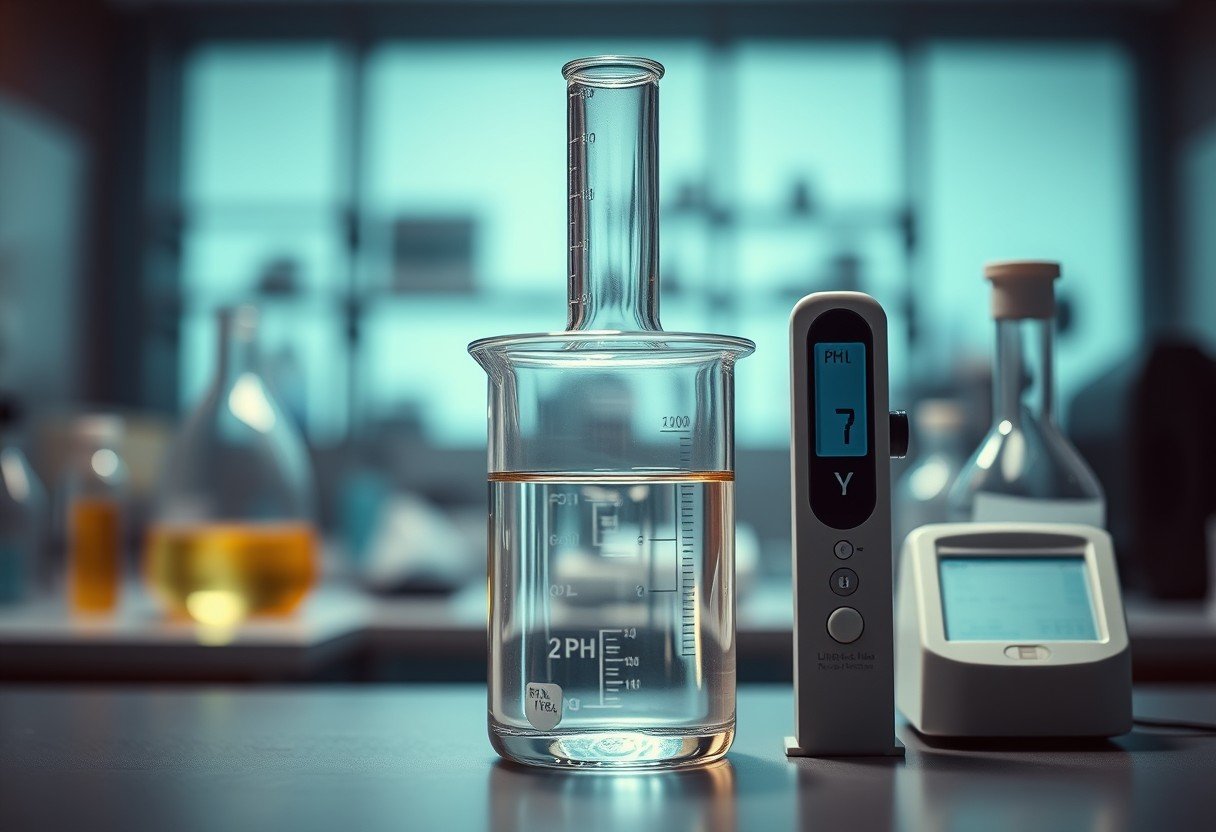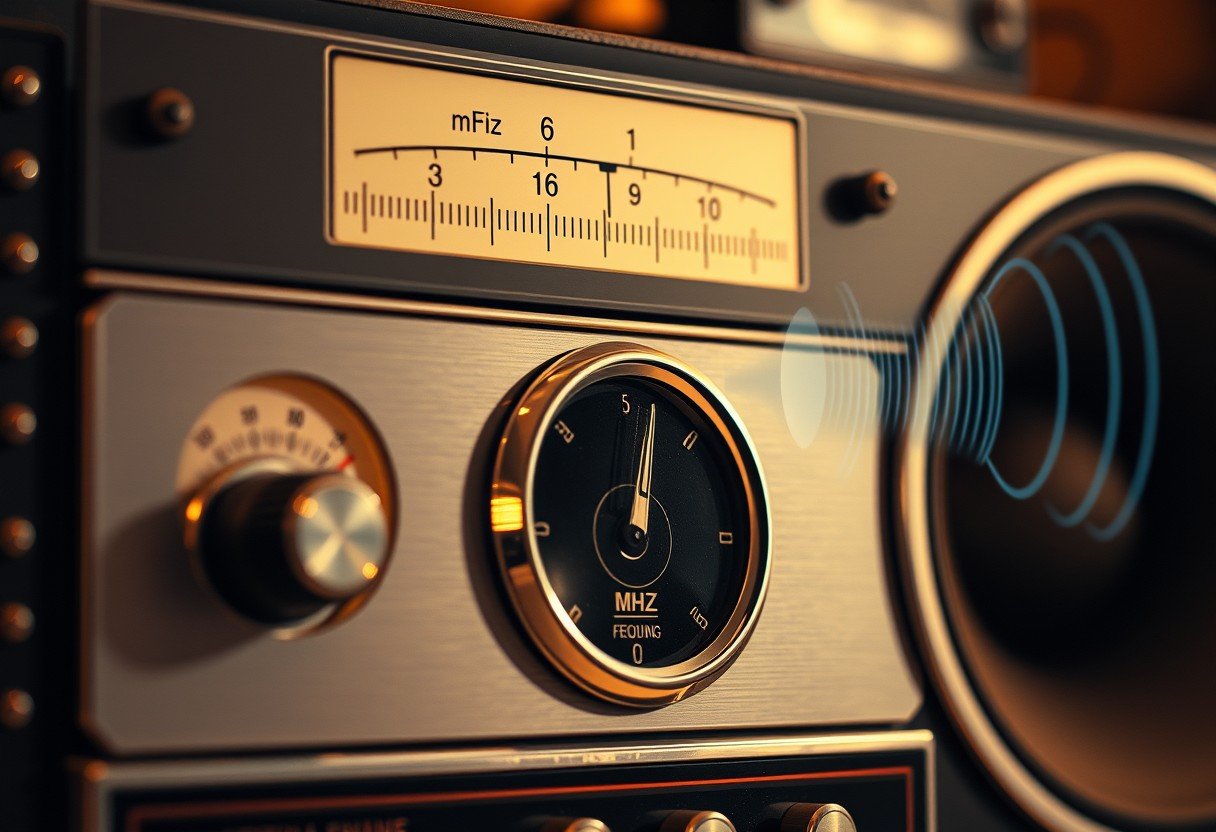For a hot air balloon to gracefully lift off the ground, the air inside its envelope must be heated to a specific minimum temperature. This process makes the internal air less dense than the cooler, surrounding air, creating the buoyancy needed to float. Understanding this relationship between heat, density, and lift is the key to every successful and magical balloon flight.
The Basic Science Behind a Floating Balloon
The magic of a hot air balloon flight is really just a beautiful demonstration of basic physics. The core concept is buoyancy, which is explained by Archimedes’ Principle.
This principle states that an object surrounded by a fluid, in this case, air, is pushed upward by a force equal to the weight of the fluid it moves out of the way.
For a balloon to rise, the total weight of the balloon itself, including the basket, fuel, and passengers, plus the weight of the hot air inside, must be less than the weight of the cooler outside air it displaces. Heating the air inside the balloon is how you make it lighter than the air outside.
As the air inside the envelope gets hotter, its molecules move faster and spread farther apart. This expansion means there are fewer air molecules inside the balloon than in the same volume of air outside, making the internal air less dense and creating the upward lift needed to fly.
How Temperature Changes Air Density
The relationship between temperature and air density is the most critical factor in hot air ballooning. Simply put, when you heat air, it expands and becomes less dense. When you let it cool, it contracts and becomes denser.
This behavior is described by the Ideal Gas Law. This law shows that for a gas at a constant pressure, its volume is directly proportional to its temperature. In a balloon, as you heat the air with the burner, you increase its temperature, causing it to expand and push out against the envelope. This makes the overall density of the air inside much lower than the ambient air.
To visualize this, consider the following relationship:
| Temperature Change | Effect on Air Density |
| Increase in Temperature | Decreases air density (Lighter) |
| Decrease in Temperature | Increases air density (Heavier) |
This simple inverse relationship is what pilots manipulate to control the balloon’s ascent and descent. More heat means more lift, while letting the air cool causes the balloon to come down.
What Factors Determine the Minimum Temperature?
The exact minimum temperature, or Tmin, isn’t a single fixed number. It changes based on several conditions that pilots must consider before and during every flight.
The most significant factor is the difference between the internal air temperature and the outside (ambient) air temperature. A larger temperature difference creates more lift. This is why it’s easier to fly a balloon on a cool morning than on a hot afternoon, as less heat is required to achieve the necessary lift.
Several key variables influence the required Tmin:
- Ambient Temperature: On a colder day, the outside air is denser, so you don’t need to heat the inside air as much to create the required density difference for lift.
- Total Weight: The combined weight of the balloon, basket, equipment, and passengers must be overcome. A heavier load requires a higher internal temperature to generate sufficient lift.
- Altitude: Air becomes less dense at higher altitudes. To get the same amount of lift, the air inside the balloon must be heated to a higher temperature to create enough of a density difference.
Humidity also plays a role, as moist air is less dense than dry air, which can slightly affect lift calculations.
Calculating the Right Temperature for Lift
While there are complex formulas, pilots often rely on performance charts and experience to manage temperature. The goal is to heat the air enough so that the balloon becomes buoyant.
Generally, the air inside a balloon is heated to a temperature around 212°F (100°C). However, this can vary. For a balloon to lift off, the temperature inside must be high enough to make the total system lighter than the volume of air it is displacing.
Pilots must also respect the maximum temperature limit of the balloon’s fabric, which is usually around 250°F (121°C). Exceeding this temperature can damage the nylon fabric and compromise the balloon’s structural integrity. Therefore, managing the temperature is a constant balancing act between generating enough lift and ensuring safety.
Staying Safe in the Sky
Safety is the top priority in ballooning, and temperature management is a huge part of that. Pilots always aim for a safe operating margin, meaning they heat the air well above the absolute minimum temperature required for liftoff.
This safety margin provides a buffer to handle unexpected changes, like a sudden cool downdraft or a change in passenger weight distribution. It ensures the pilot has responsive control over the balloon’s altitude.
Monitoring the weather is also a critical safety procedure.
| Weather Factor | Why It Matters for Safety |
| Wind Speed | High winds can make takeoffs and landings dangerous. |
| Outside Temperature | Affects how much heat is needed and overall flight performance. |
| Precipitation | Rain can add weight to the balloon and reduce visibility. |
Before every flight, pilots conduct thorough pre-flight checks, including inspecting the burner system to ensure it functions correctly. A reliable heating source is essential for maintaining the right temperature and ensuring a safe and enjoyable flight.
How Altitude Affects Your Flight
Flying at higher altitudes presents unique challenges for hot air balloon pilots. As a balloon ascends, the surrounding air becomes thinner and less dense.
This means that to generate the same amount of lift as at sea level, the temperature difference between the inside and outside air must be greater. Consequently, pilots must heat the air inside the balloon to a higher temperature at higher altitudes to stay afloat.
This effect is significant. A balloon that flies perfectly at 1,000 feet might struggle to maintain altitude at 8,000 feet without a much hotter internal temperature. Pilots must carefully plan flights in mountainous areas, accounting for the reduced air density and ensuring their burner system can provide the necessary heat safely.
Frequently Asked Questions about Hot Air Balloon Temperature
What is a typical operating temperature inside a hot air balloon?
A common operating temperature inside a hot air balloon is between 200°F and 250°F (93°C to 121°C). This range provides excellent lift while staying safely below the maximum temperature that the balloon’s fabric can withstand.
Why do hot air balloons often fly in the early morning?
Balloons fly in the early morning because the ambient air is cool and the winds are calmest. The cooler outside air is denser, meaning less heat is required inside the balloon to create lift, making the flight more efficient and easier to control.
What happens if the balloon’s air gets too hot?
If the air inside the envelope exceeds the manufacturer’s recommended maximum temperature, it can weaken and damage the nylon fabric. Overheating can lead to tears or degradation of the material, which poses a serious safety risk.
Can a hot air balloon fly in the rain?
Flying in the rain is generally avoided. The rain can cool the air inside the envelope, reducing lift. More importantly, the water adds significant weight to the balloon, and the heat from the burner can boil water on the fabric, potentially damaging it.
How cold is too cold to fly a hot air balloon?
While balloons can fly in very cold weather, there are practical limits. Propane, the fuel used for the burners, may not vaporize properly at extremely low temperatures (typically below -40°F or -40°C), which could cause the burner to fail. Pilots flying in cold climates use special fuel blends to prevent this.









Leave a Comment